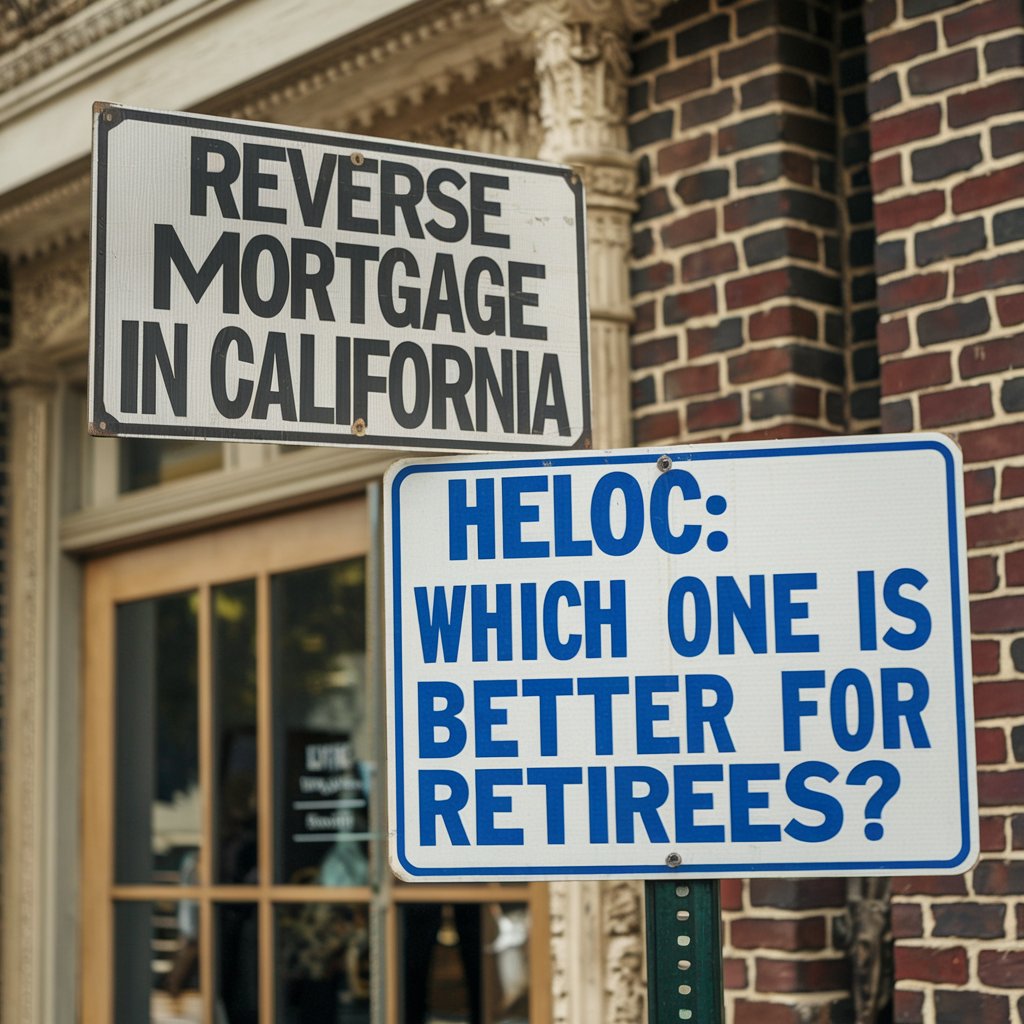Sarah and James, a retired couple in their early 70s, are sitting at their kitchen table, reviewing their finances. Their home is fully paid off, but they need extra funds to cover medical bills and home renovations. They’ve heard about home equity loans, HELOCs, and reverse mortgages—but they’re not sure which option makes the most sense for them. Sound familiar? If you’re in a similar situation, understanding the differences between these three options can help you make an informed decision.
Home Equity Loan vs. HELOC vs. Reverse Mortgage: Which One Is Right for You?
Your home isn’t just a place to live—it’s also a powerful financial asset. If you need access to cash, whether for home improvements, medical expenses, or even supplementing retirement income, you might be considering a home equity loan, a home equity line of credit (HELOC), or a reverse mortgage. Each option has its own benefits and drawbacks, so let’s break them down in simple terms.
1. Home Equity Loan: Lump-Sum Borrowing
A home equity loan is like taking out a second mortgage. You borrow a fixed amount of money against your home’s equity and receive it all at once. It’s best for homeowners who need a large, one-time sum—like for a major home renovation or debt consolidation.
✔ Pros:
- Fixed interest rate, so your monthly payments stay predictable
- One-time lump sum, great for large expenses
- Typically lower interest rates compared to credit cards or personal loans
❌ Cons:
- Requires good credit and steady income
- You must start making payments immediately
- Risk of foreclosure if you can’t repay the loan
2. HELOC: Flexible, On-Demand Borrowing
A HELOC (Home Equity Line of Credit) works more like a credit card. Instead of receiving a lump sum, you’re approved for a credit line that you can draw from as needed, usually for 5-10 years. This is great for ongoing expenses, like home improvements spread over time or covering emergency costs.
✔ Pros:
- Only pay interest on what you borrow
- Flexible access to funds when needed
- Lower interest rates than credit cards
❌ Cons:
- Variable interest rates mean payments can fluctuate
- Requires good credit and steady income
- Risk of foreclosure if you can’t make payments
3. Reverse Mortgage: Designed for Seniors
A reverse mortgage is available only to homeowners aged 62 and older. Instead of making monthly payments, the lender pays you—either in a lump sum, monthly installments, or a credit line—using your home’s equity. You don’t have to repay the loan as long as you live in the home, but the balance grows over time and must be repaid when you sell the home or pass away.
✔ Pros:
- No monthly mortgage payments required
- Provides a steady source of income in retirement
- You can stay in your home as long as you maintain it
❌ Cons:
- Fees and interest can be high
- Reduces the equity left for heirs
- Loan must be repaid when you move out or pass away
Which Option Should You Choose?
The right choice depends on your age, financial needs, and long-term goals.
- Need a lump sum for a big project? A home equity loan might be best.
- Want flexible access to cash over time? A HELOC could be the right choice.
- Retired and need extra income with no monthly payments? A reverse mortgage could be the perfect fit.
For Sarah and James, after speaking with a financial advisor, they decided a reverse mortgage was their best option. It provided them with steady monthly payments while allowing them to stay in their home. Every situation is different, so it’s important to weigh the pros and cons carefully before making a decision.
Final Thoughts
Your home is one of your most valuable financial assets, and tapping into its equity can be a smart move—if done right. Whether you choose a home equity loan, HELOC, or reverse mortgage, make sure to consult a trusted financial advisor to find the best fit for your unique needs.
Need expert guidance? Contact Reverse Mortgage California today to explore your options and make the most of your home’s value! 🏡💰
📞 Call us: 909-642-8258
📍 Google Business Profile: https://bit.ly/rmcgbp

